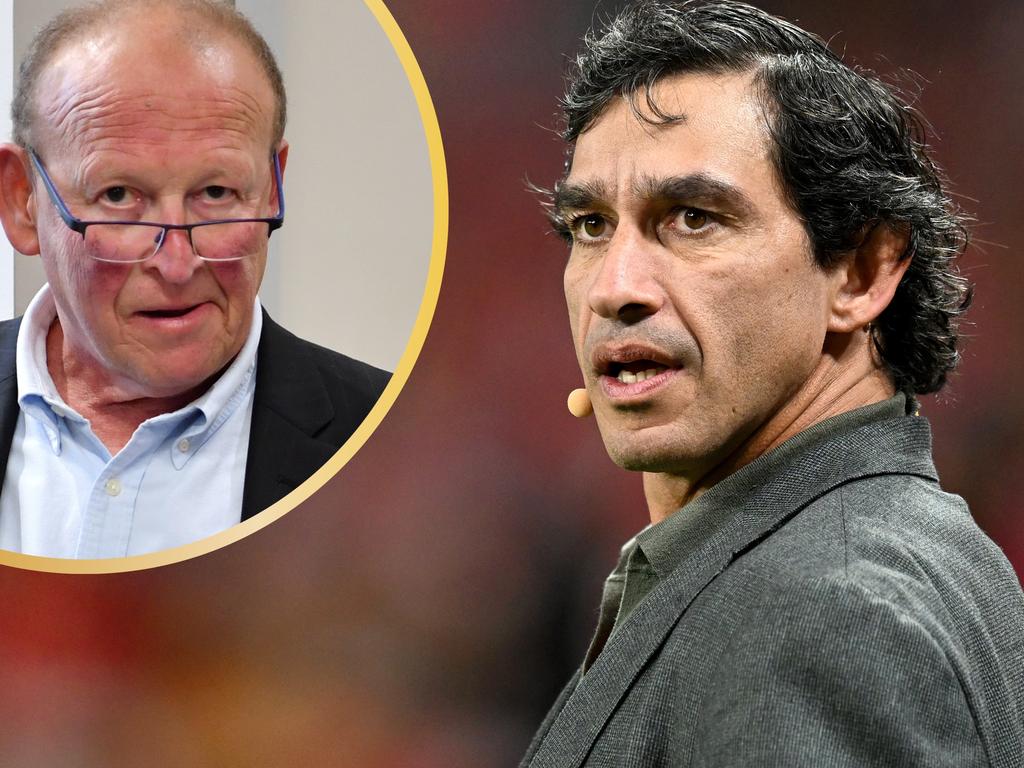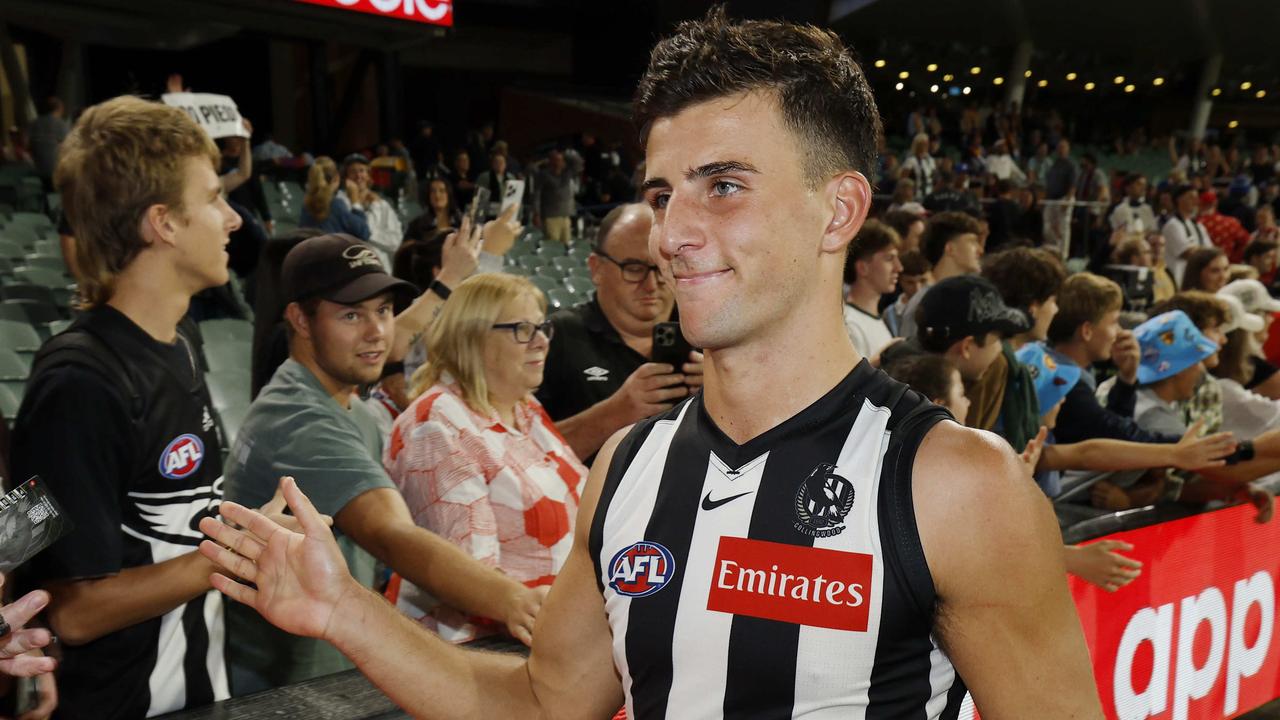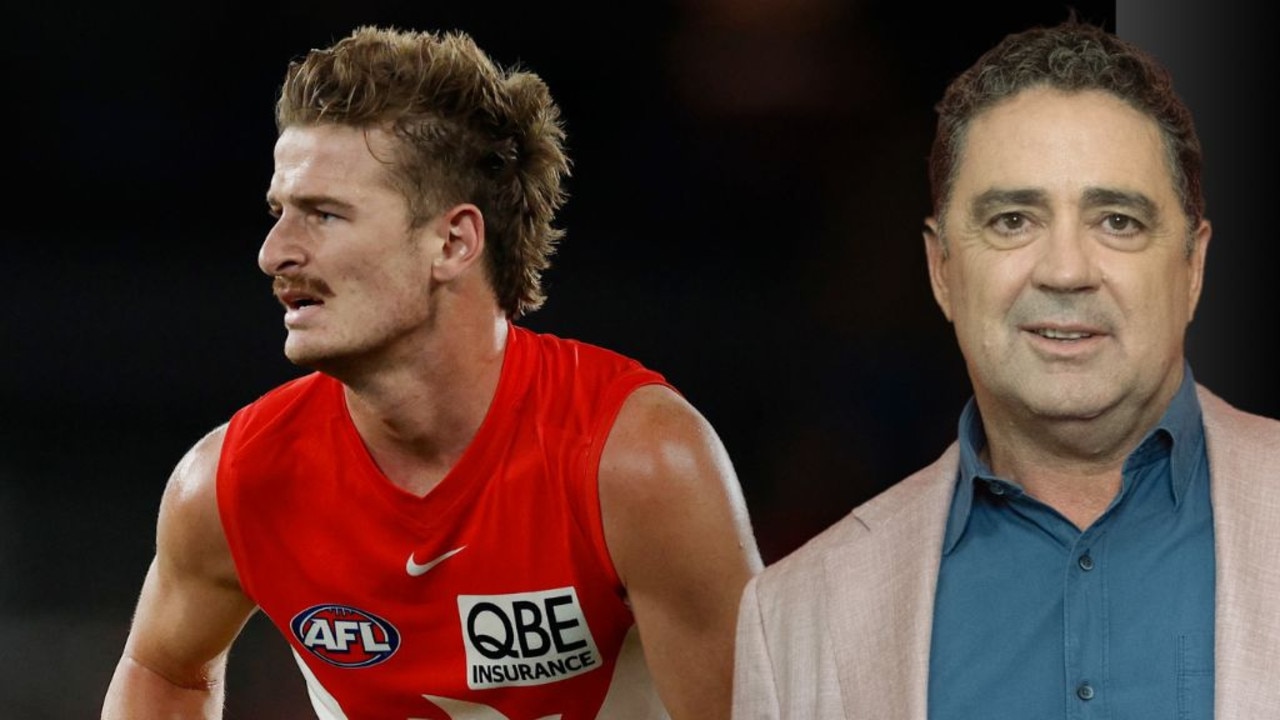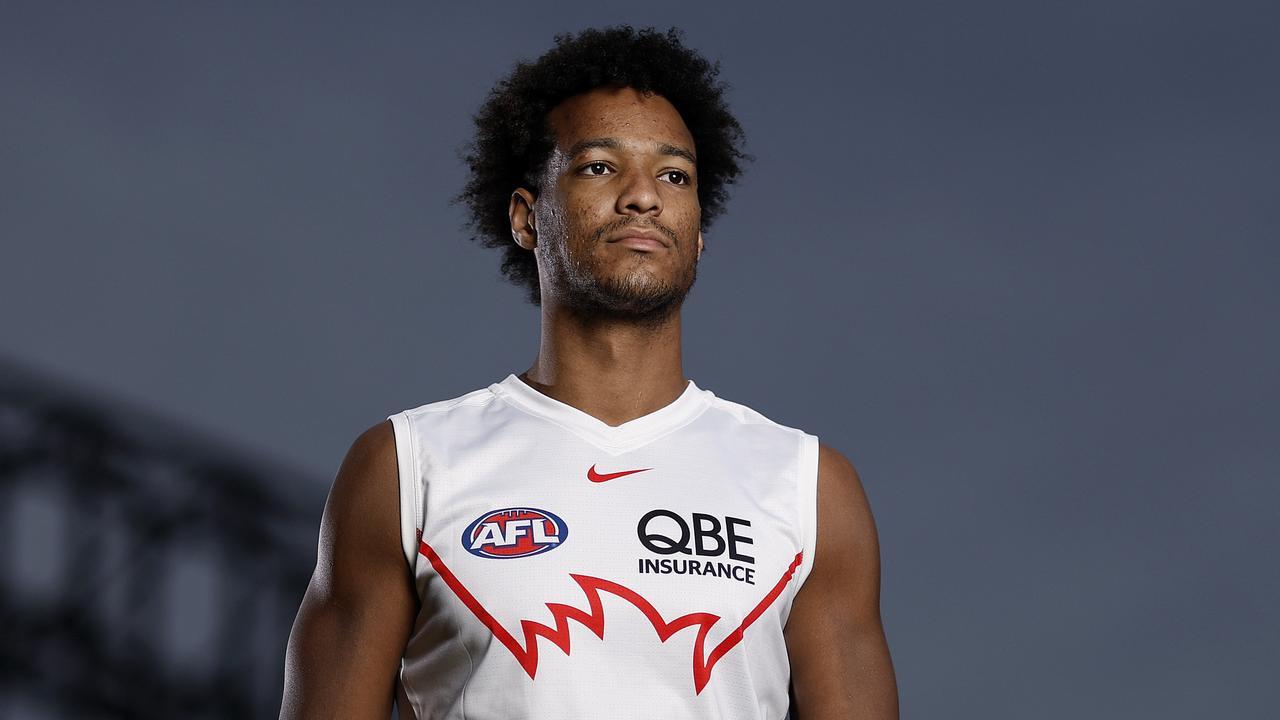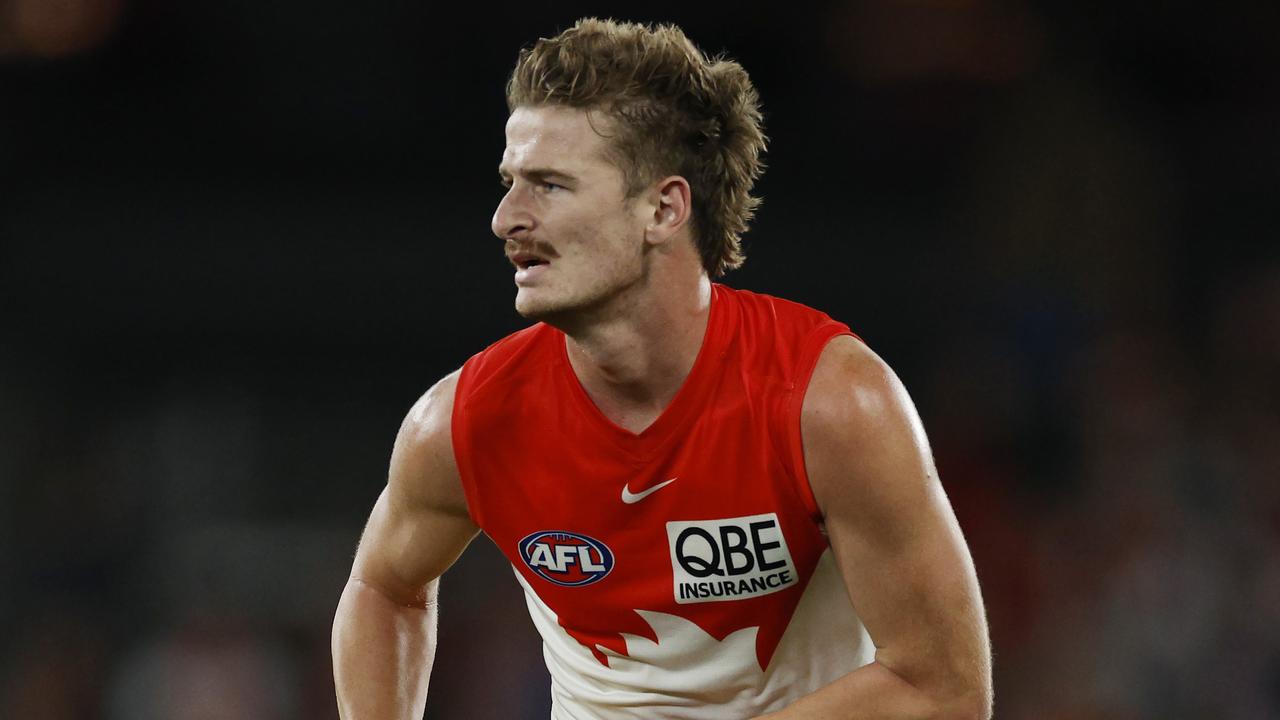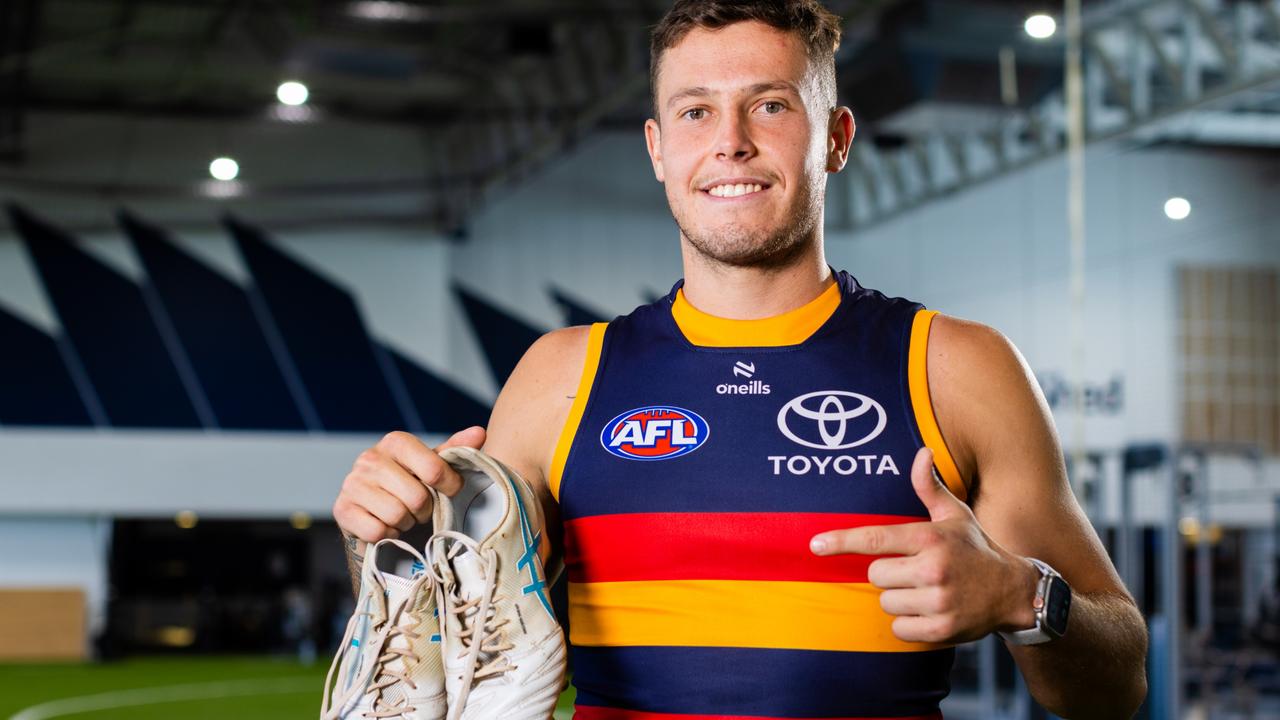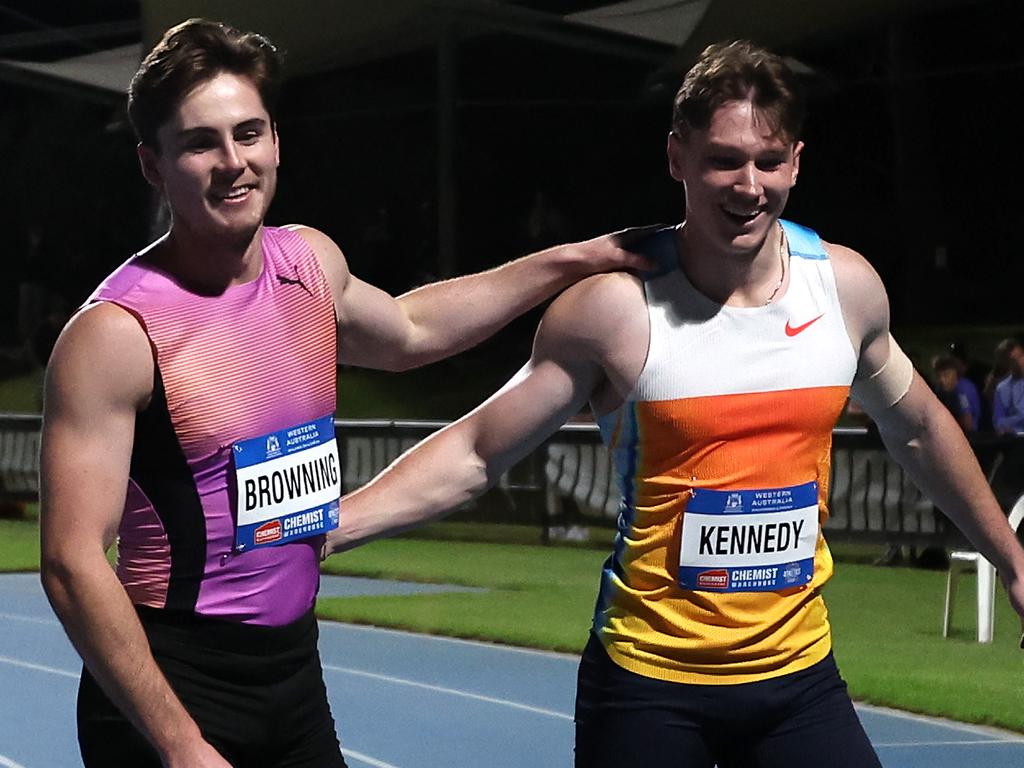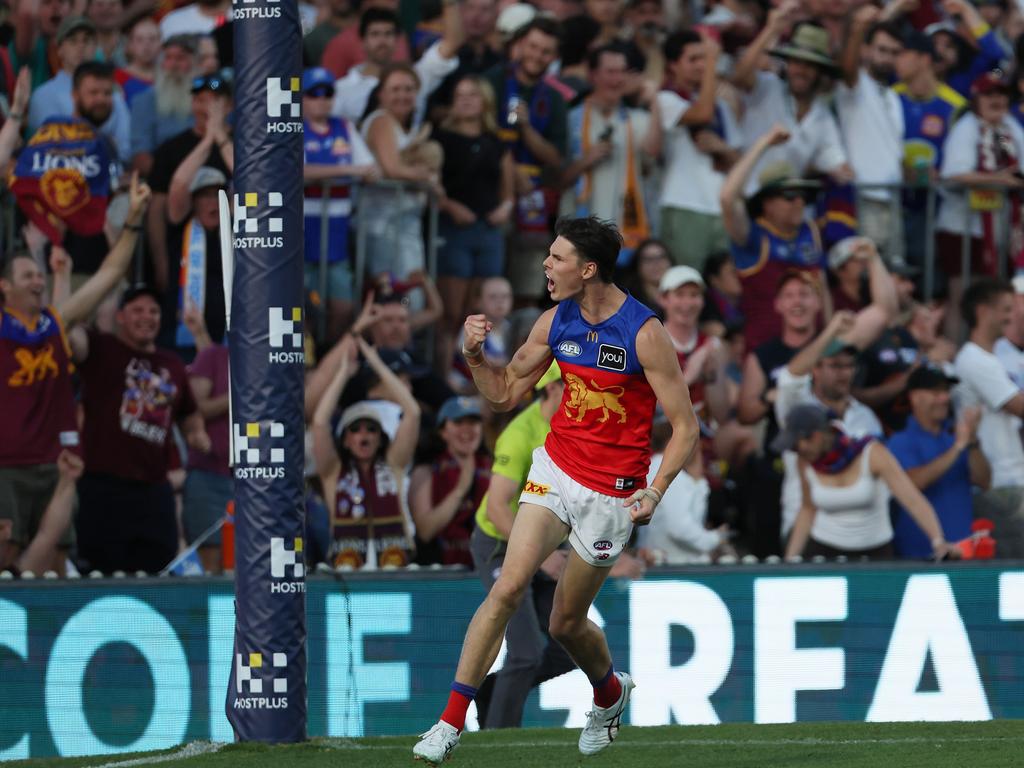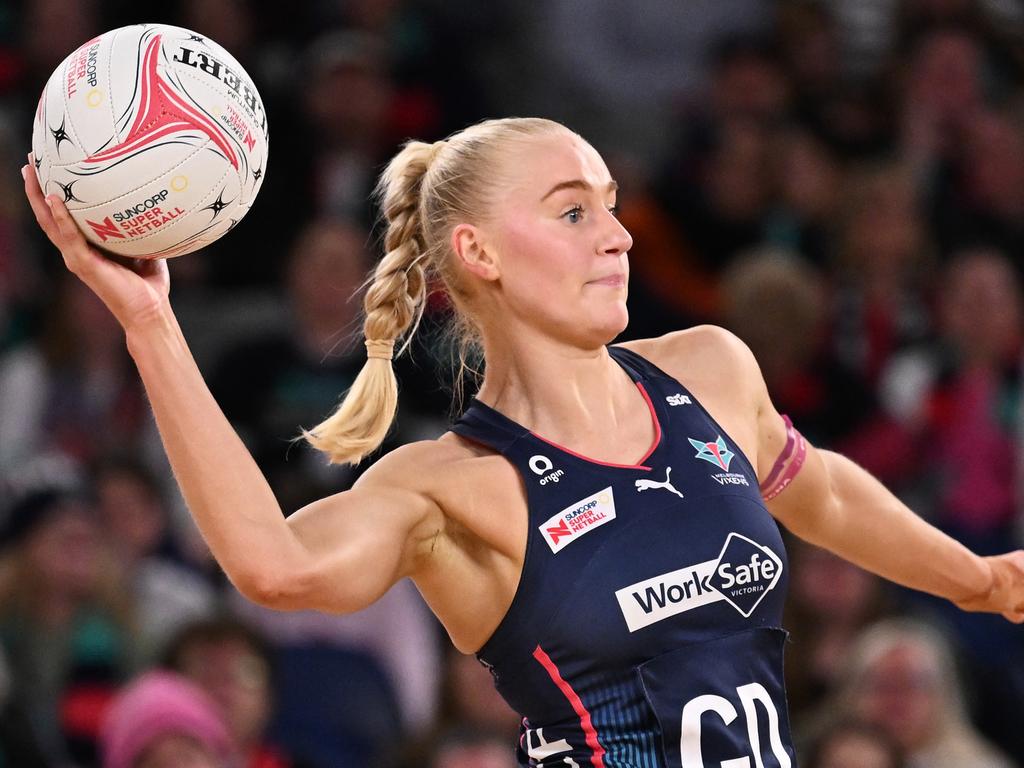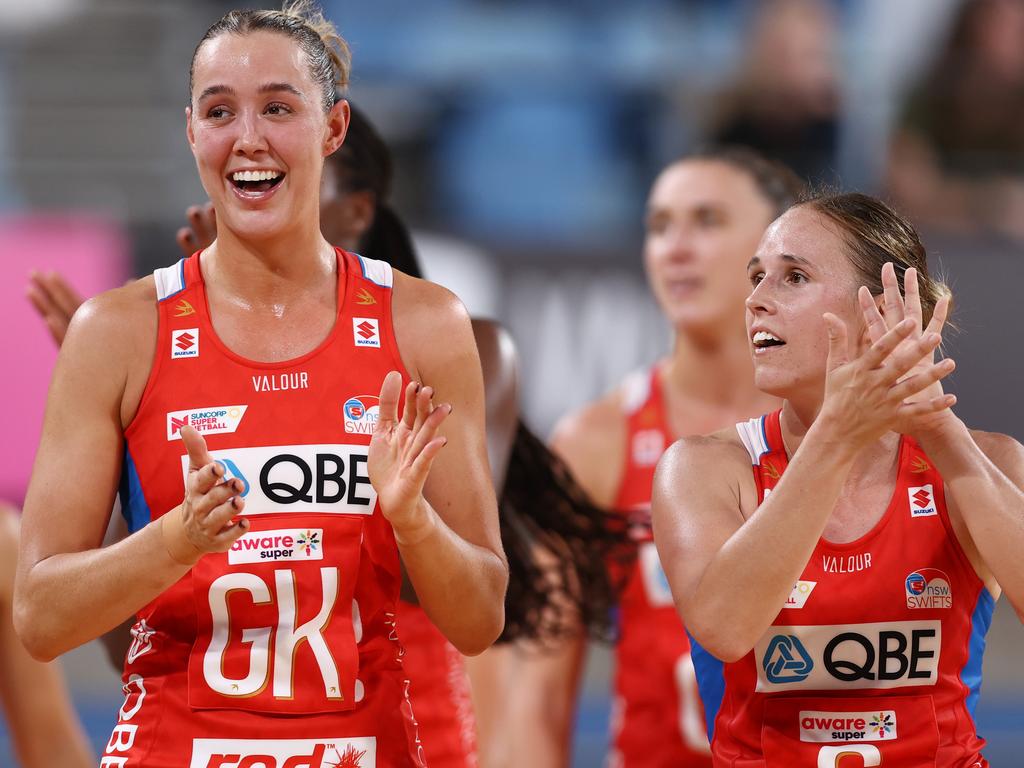How the Sydney Swans moved on from not just Buddy Franklin, but decades of megastar identity
In the blink of an eye, the Swans have moved on from the Lance Franklin era. And not just from Buddy, but from the enduring concept that he represented at Sydney, writes NEIL CORDY.
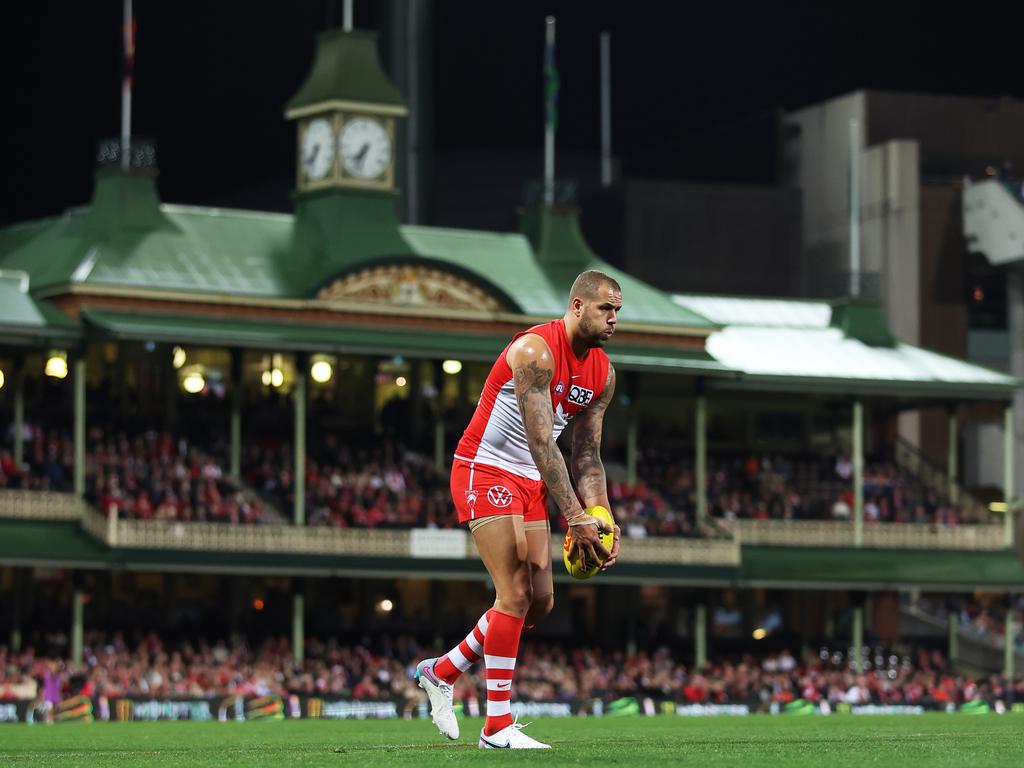
Sydney
Don't miss out on the headlines from Sydney. Followed categories will be added to My News.
In the blink of an eye, the Swans have moved on from the Lance Franklin era.
And with it, a club philosophy that endured for decades before Buddy: that a megastar forward was essential for cut-through in the crowded Sydney sporting market.
Last Thursday night, the SCG was rocking as a new season began.
Buddy was nowhere to be seen.
For the past 10 years, the Sydney faithful have been electrified by the champion forward. Just like Warwick Capper in the 1980s, Tony Lockett in the 1990s, and Barry Hall and Michael O’Loughlin in the 2000s.
What was different for the Swans on Thursday night was that they had no established key forward. Logan McDonald and Joel Amartey were both quiet and the excitement came from elsewhere.
READ MORE
SAM MITCHELL: WHAT TEAMMATES REALLY THOUGHT OF HIM
INSIDE THE HEARTBREAKING END OF A COLLINGWOOD AFL DREAM
'I'LL PLAY BUNYIP TWOS': WHEN PAPLEY ALMOST QUIT AFL FOR FAMILY
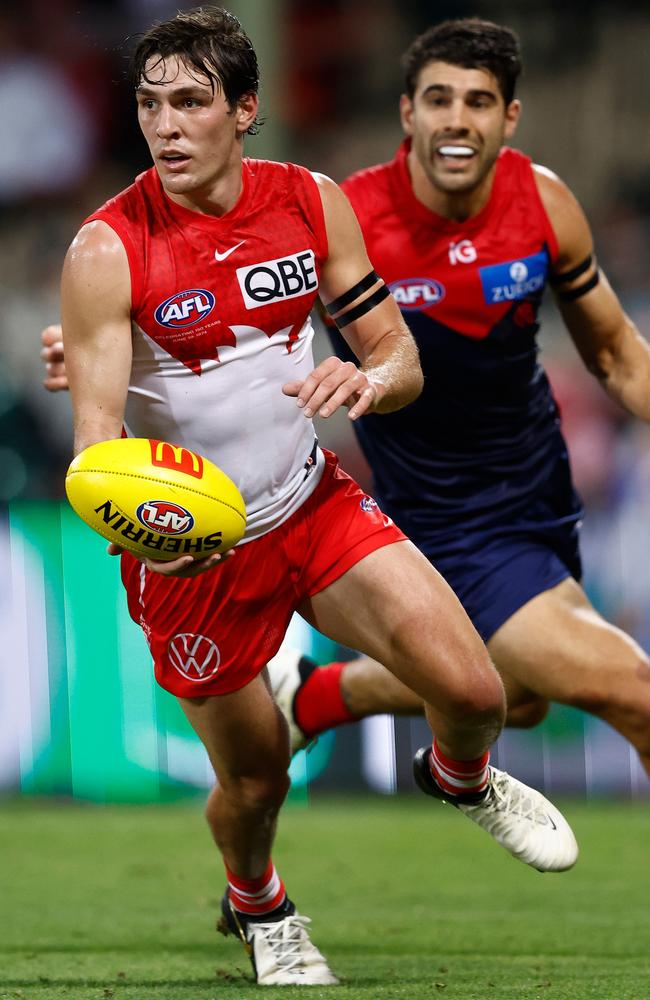
“We’ve been planning for the day Buddy wouldn’t be here for a couple of years,” Sydney chairman Andrew Pridham tells CODE Sports.
“The conventional wisdom was you needed a Capper, a Plugger, a Barry Hall or a Buddy to excite the crowd. I think that’s changed. The game has changed. Our fans are a lot more knowledgeable about footy than they were 20 years ago.
“A big part of the game nowadays is selling the characters in the team. That personality doesn’t need to be a power forward, it can be Isaac Heeney, Errol Gulden, Tom Papley, Chad Warner or Nick Blakey. There are a lot of players fans identify with, so you don’t need to focus on one person.”
READ MORE
HOW HIGH-FLYING CHAD WARNER STAYS GROUNDED
THE TWO 'BEST MATES' INTEGRAL TO SWANS FLAG DREAM
STEVIE J: THE CUTTING SPRAY THAT SPARKED CATS DYNASTY
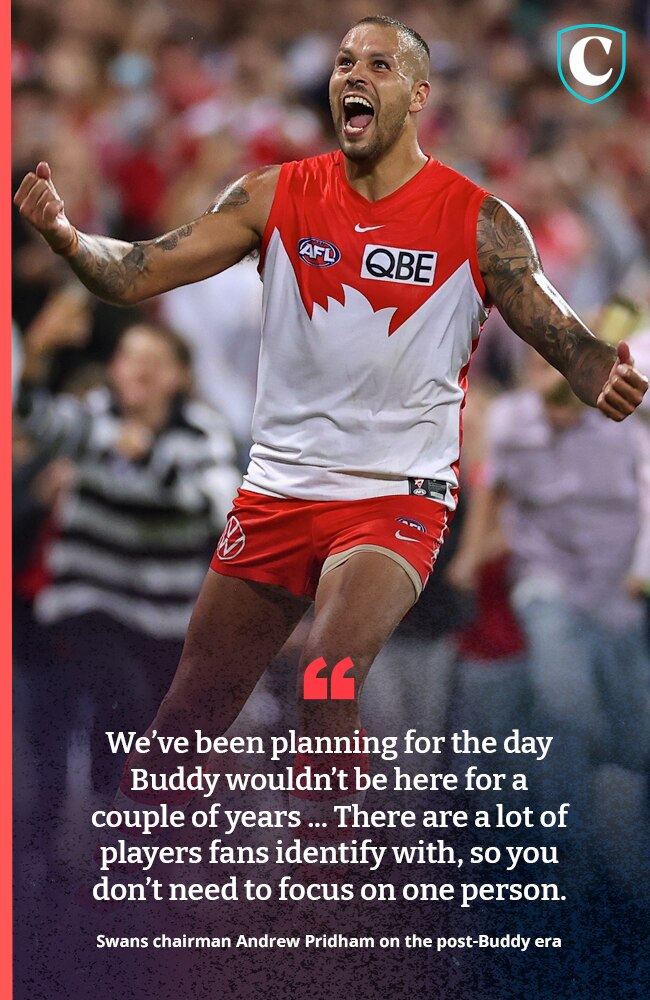
Franklin was an expensive exercise and didn’t win Sydney a premiership, but he impacted their bottom line like nobody before him. The $10.5 million salary over 11 years was recouped many times over by the club.
Membership more than doubled during the term of his contract, as did partnerships and sponsorships. Attendance and merchandise sales also skyrocketed.
So what happens to the balance sheet now that Buddy has left the building? Pridham jokes that his departure will now increase revenue in another way.
“The biggest plus on our revenue is that everyone who has a No.23 (Lance Franklin’s number) now has to go and buy a five (Heeney) or a 21 (Gulden),” Pridham says. “The numbers are ironed on, so you can’t unpick the stitching and move them about.”
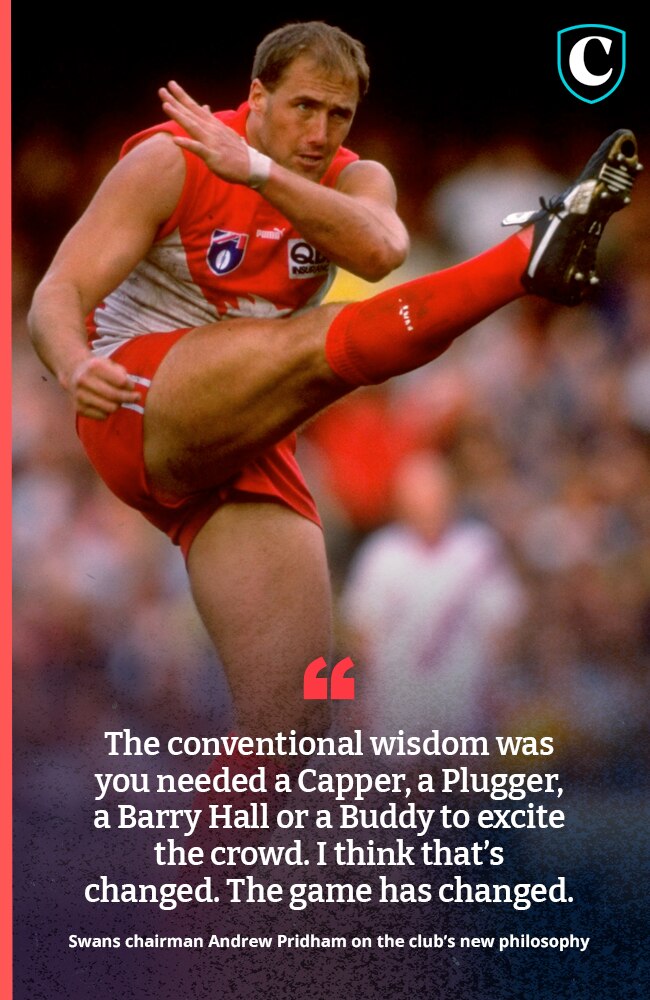
Decades of success have the Swans fan base ironed on as well.
In their first season without the 1,000 goal forward, things couldn’t have started better. Star recruit Brodie Grundy excelled along with Heeney, Gulden, Warner and Blakey providing their own brand of magic.
But before these players had even touched the footy, fans were already going off when they marched, Rose Bowl style, from their $70 million training and admin facility to the SCG.
The 200m stroll was led by the normally circumspect John Longmire, who introduced the idea along with CEO Tom Harley. Longmire has long been a fan of American sports and drew inspiration from pre-game marches at college football.
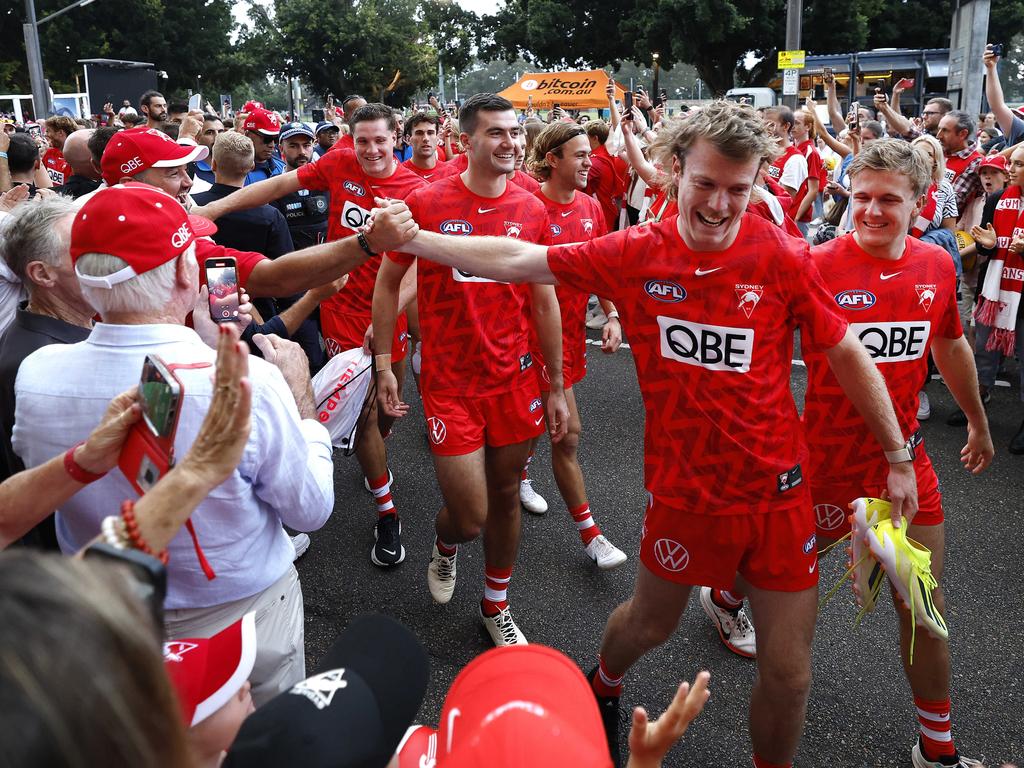
“We’ve been looking for ways to ramp up the game day experience,” Pridham says.
“They get more than a game of footy. The fans love it. We’re keen to encourage our supporters to get to the game early because in Sydney they generally turn up late.
“The other important thing is players in the past would see that sort of thing as nonsense and wouldn’t want to do it. That’s changed with modern players, it’s a generational thing. They love a bit of razzmatazz and one you would least expect to embrace it is John (Longmire).”
The build-up brought back memories for some past players of the Geoffrey Edelsten era.
“This is what Edelsten was trying to achieve,” former Swan Darren McAsey told CODE, as the past heroes from South Melbourne and Sydney were introduced to the crowd.
“It was all smoke and mirrors back then, this time it’s for real.”
McAsey was one of 150 past players in attendance, including some who had rarely been seen since their departures many years ago; including Dan Hannebery, Barry Mitchell, Barry Hall, Daryn Cresswell, Graham Teasdale, Derek Kickett and Greg Williams.
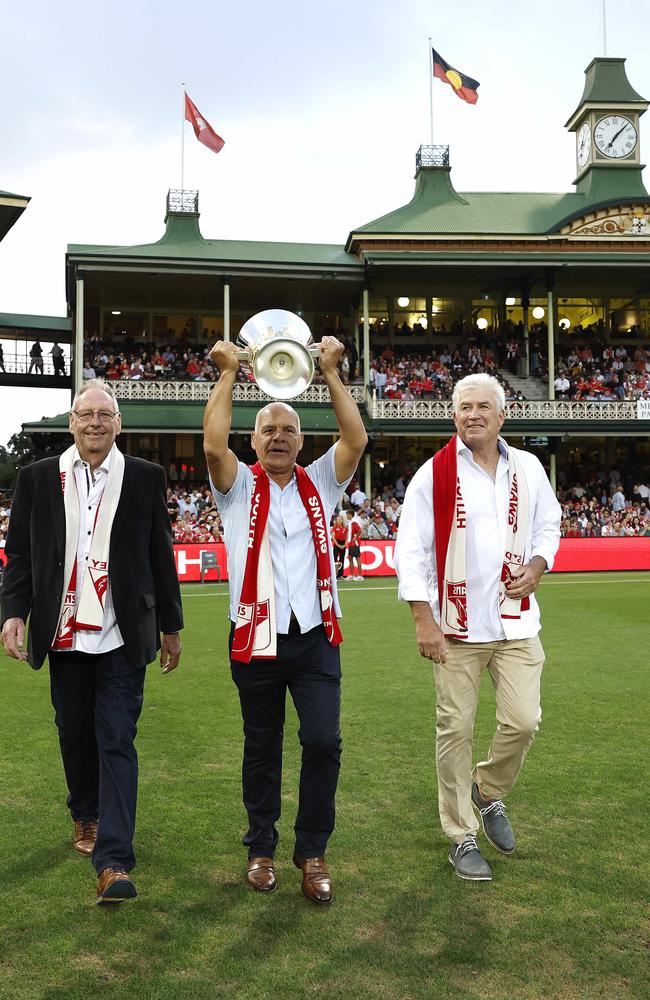
Williams was very enthusiastic as he walked onto the ground with one of the Swans’ 10 premiership cups (since 1874), irrespective of the fact that his one flag came with Carlton and not Sydney.
“Paul Roos wasn’t there, so someone had to say, ‘Here it is’,” Williams says.
Williams won the first of his two Brownlow Medals at the Swans (1986), before going on to a second at Carlton (1994) and the Norm Smith Medal in the Blues’ 1995 premiership. Despite reaching the pinnacle of his career with Carlton, he values his time in Sydney enormously.
“My time at the Swans was really important to me,” he says.
“It was a huge decision for Mary and I to go to Sydney. We had a great experience. It was a great part of my career. When the Swans won the 2005 premiership, I did feel like we were part of it.”
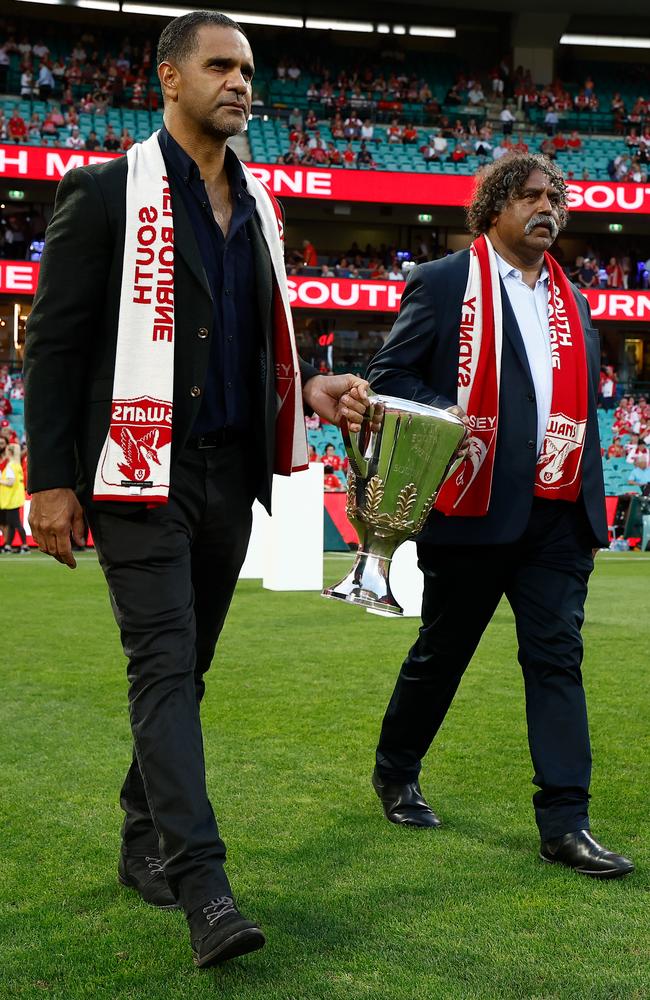
Being back on the SCG also brought back some not-so-fond memories of the Swans’ early days, when the pioneers were getting the arrows. His assessment of the club back then is scathing.
“We went through some shocking times in Sydney,” Williams says.
“We trained on the Showground across the road from the SCG and there was cow shit everywhere. There was no guts to the club at all, there was nothing to the club, it was all fake.”
Yet Williams now has nothing but admiration for what the Sydney Swans have become.
More Coverage
“It is an amazing club now,” he says. “The new facility is incredible.
“When the Swans broke the 72 year premiership drought in 2005, I felt connected to it. It’s not just me, it’s the guys who went up there in 1982 to start it. It nearly didn’t happen. It was so close to falling over.
“The Swans now are a powerhouse, it’s phenomenal. They are a huge part of the competition. The AFL would be a joke if there were no Swans and Giants there now.”
Read More
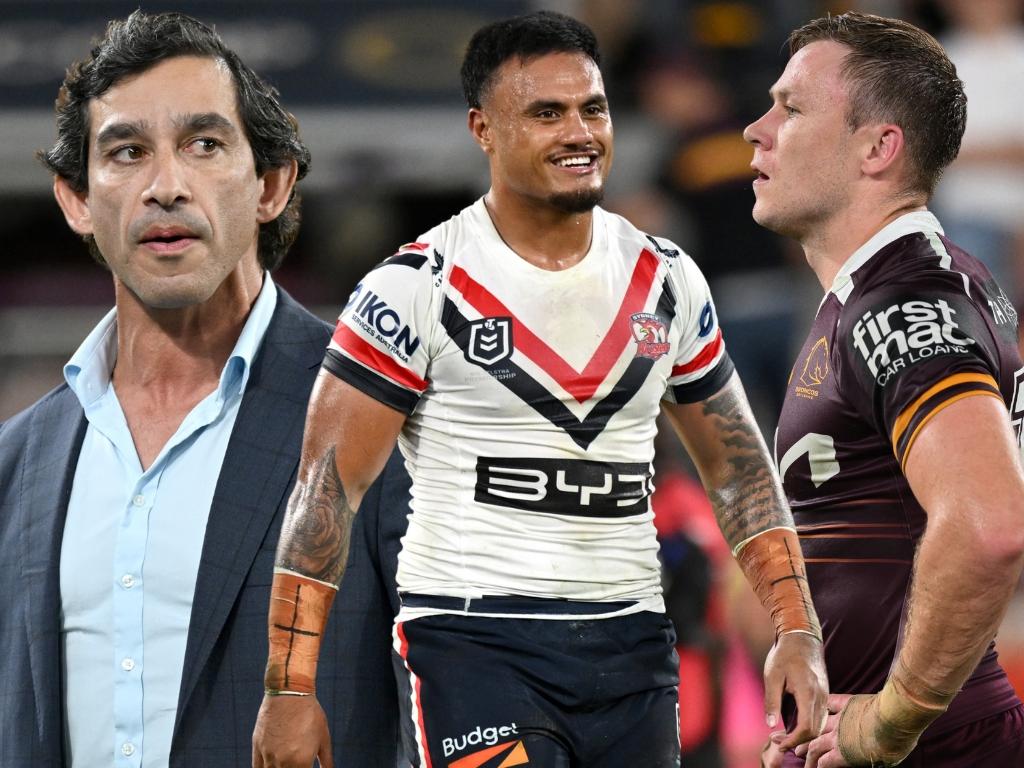
Inside story: How Billy Walters was dragged into Leniu-JT blow-up
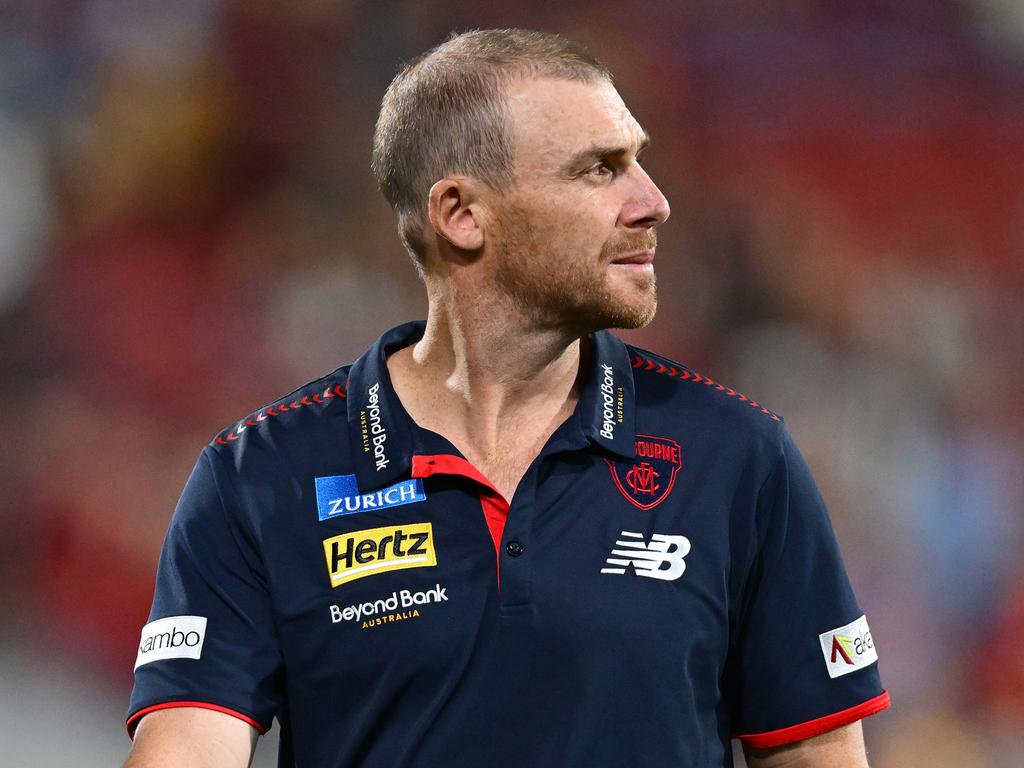
Dees broken, season done – is Goodwin’s time up too?

Piastri dominates title rivals to snatch pole position in Bahrain
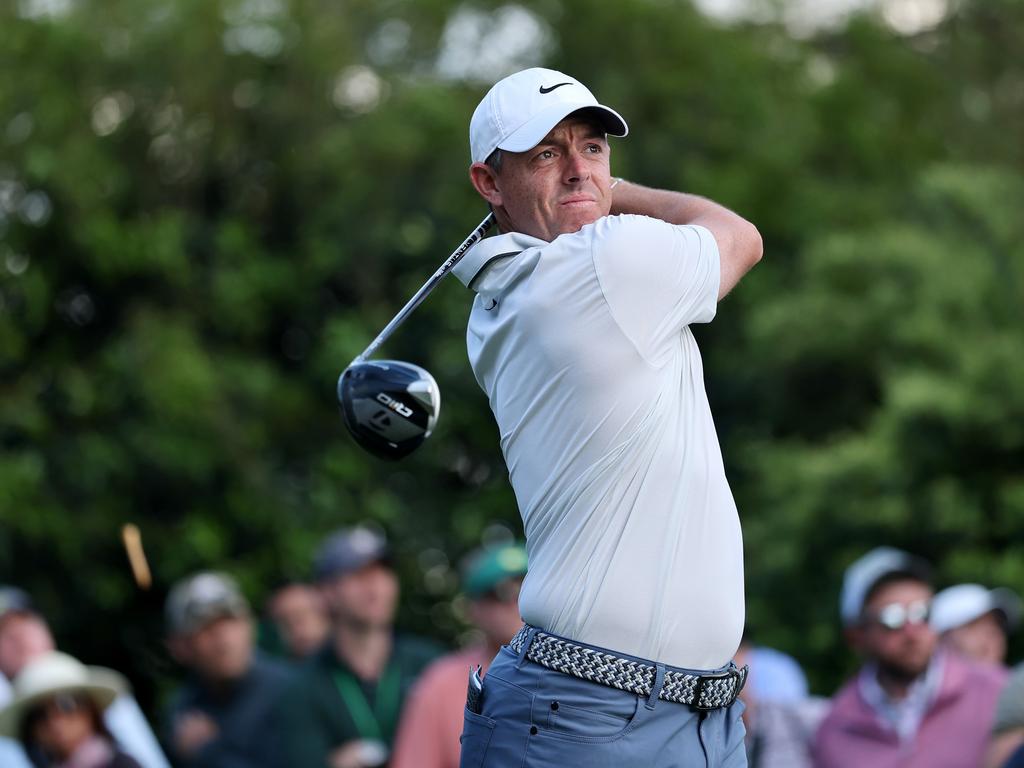
Mad Scientist standing between McIlroy and immortality
